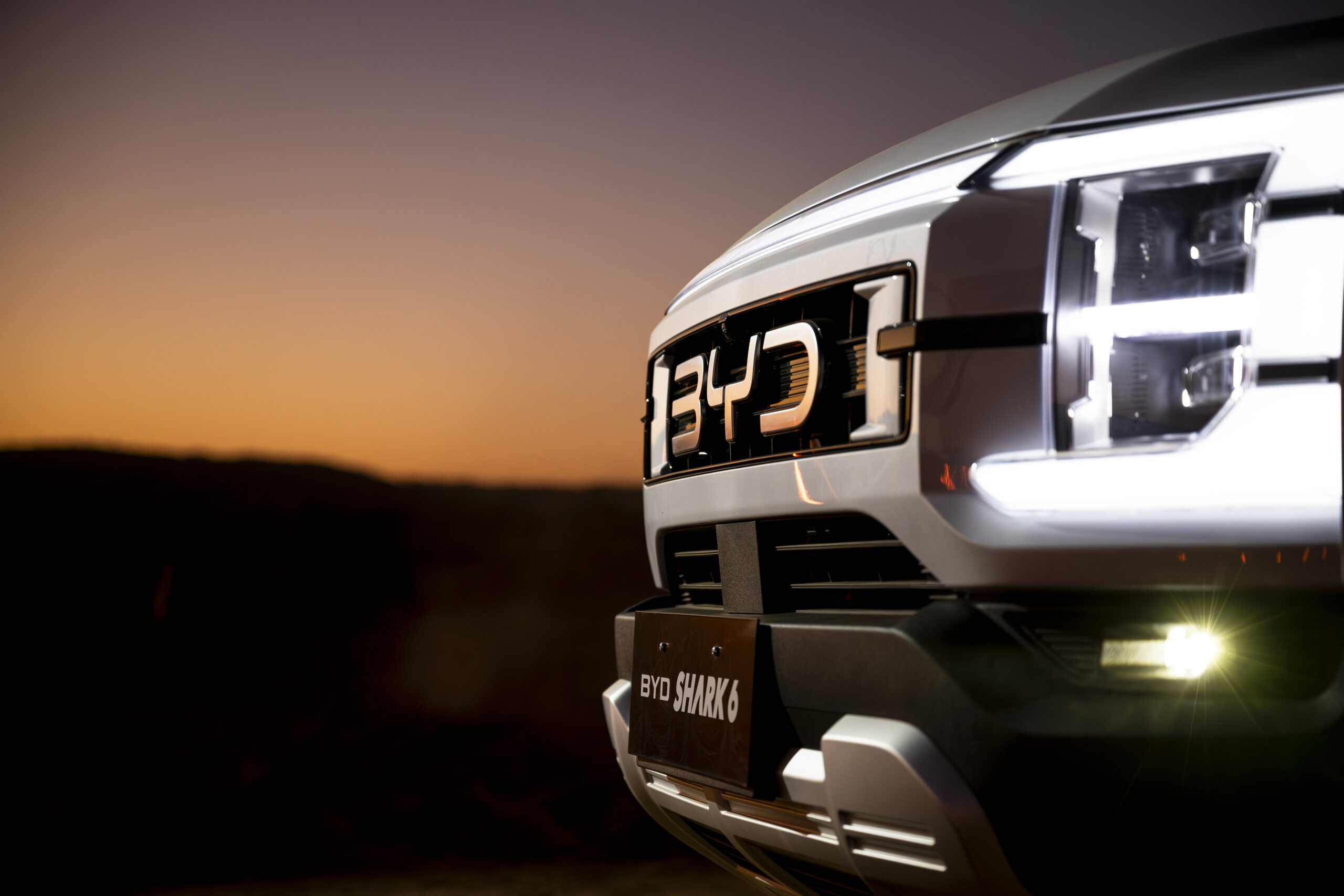Liebherr has always worked to support its customers with customised solutions – and that includes building the biggest ever Liebherr bucket for the biggest Liebherr excavator.
October 13 2023 saw the first of Yellow Iron Fleet’s Liebherr R 9800s roll off the build pad at Atlas Campaspe in central New South Wales, ready to go to work.
The mine, owned and operated by Tronox, has an approved life of 10 years with significant reserve upside. This consists of more than five million tonnes of heavy mineral, which will be processed and sent to Tronox’s pigment plants to produce high-quality titanium dioxide, a bright white pigment that adds brilliance and opacity to a range of everyday products.
In addition to being the first of its kind for Yellow Iron Fleet, this R 9800 is also a first of its kind for Liebherr.
The excavator comes fitted with a custom designed and built backhoe bucket, the largest Liebherr has ever built at 55m3 and the only Liebherr excavator bucket of this size.
The bucket was proudly designed and manufactured by Liebherr-Australia in collaboration with the customer Yellow Iron Fleet.
Liebherr bucket development technical leader Martial Vicq explained the team designed the bucket, working under certain constraints to ensure the best outcome for machine and customer.
“The overall design is based on the designs of the closest-sized bucket we have, beginning with the parametric design. Then we work with the customer to adapt the new bucket to their needs,” Vicq said.
“From start to finish, the design process, adapting all the dimensions and ensuring the bucket met all fabrication tolerances and ISO standards, took about two weeks.
“But in those two weeks there were many things we had to consider when designing a bucket this large. These include the machine this bucket was to go on, the weight of the bucket, and the physical build process in the fabrication workshop.”
The first consideration for Liebherr was the R 9800’s digging envelope.
“The standard R 9800 bucket, at 47.5m3, is already close to the upper limit of the R 9800’s digging envelope, and now we wanted to put an even larger bucket on it,” Vicq said.
“This meant we had to think of a way to increase the size while remaining within the limits of the machine.”
The solution was to make the bucket wider, rather than deeper. Increasing the inside bucket width from 4300mm to 5100mm, a boost of 18 per cent, meant the capacity of the bucket could be increased from 47.5m3 to 55m3, or 16 per cent.
Outside of this change on the fabrication floor, the final thing to consider was the weight of the bucket and what the machine could feasibly handle.
Each Liebherr machine is built to a specific rated suspended load (RSL), and going over the RSL limit could increase the risk of machine instability and reduced component lifetimes.
“We know the weights of various excavated materials and we know the weight that the machine can support,” Vicq said. “Using those bits of information, we were able to design the maximum-size bucket that would fit on the machine while still being productive.”
Increasing the bucket width meant it would be too wide for the standard two-plate bucket roll, which meant there had to be a change on the fabrication floor.
The bucket roll (or the rear roll section) on standard Liebherr buckets is made up of two plates welded together. However, to accommodate the increased width of the 55m3 bucket, the design process for the R 9800 called for three plates rather than the standard two.
Day shift team leader Colby Jachmann from Liebherr-Australia’s fabrication team explained how the increased width impacted the build process.
“Of course, the main difference for this bucket, compared to the other buckets we build, is the sheer size of it,” Jachmann said.
“We have never built anything this big before, so it was a fun challenge for a lot of the team.
“When it comes to putting the bucket together, really the only change was just that we now had to weld three parts together to make the bucket roll. Having three plates does not compromise the strength or integrity of the bucket.”
The final designs came together and were sent to the fabrication workshop in Adelaide, where work began on putting together this mammoth bucket in early April.
Over the course of the build, the Adelaide fabrication teams put in over 2000 man-hours and used 975kg of welding wire. The finished bucket weighs in at around 47 tonnes, stands 4.2m tall, and measures 5.7m wide and 5.4m deep. A mammoth bucket indeed.
This feature appeared in the December 2023 issue of Australian Mining.




